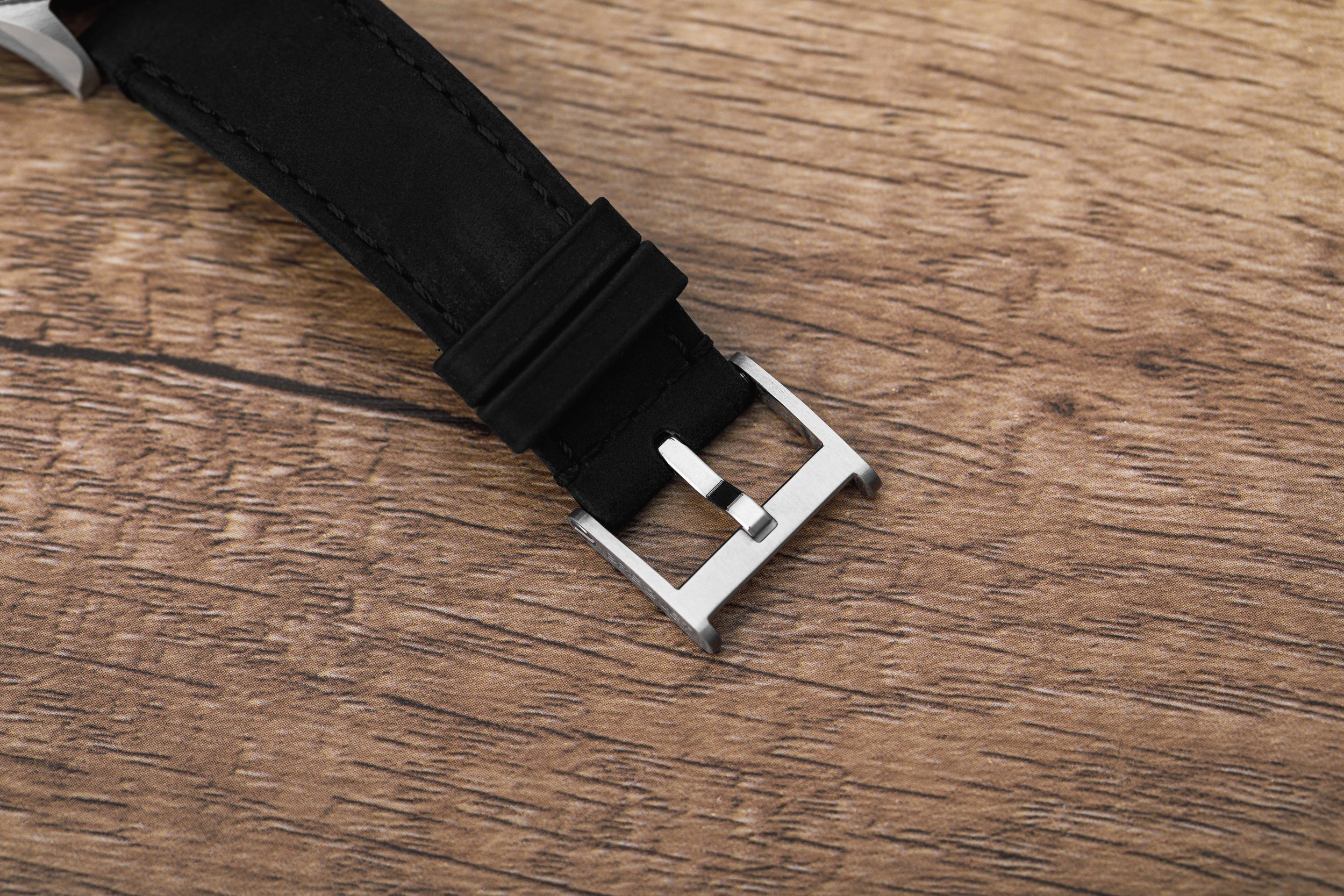Hands-On Breguet Type 20 Chronographe 2057 Review
When you think about pilot’s watches with a lot of heritage, you probably think about the IWC Big Pilot or the Breitling Navtimer. I would argue that this is likely because IWC and Breitling’s reputations and brand image have become inextricably intertwined with this models and pilots watches more generally. Breguet might not be thought of as a “pilot watch brand” in the same way as IWC and Breitling, but the brand’s Type 20 has as much history and deserves to be part of the conversation.
Breguet is one of the most storied watch brands. Founded in 1775 in Paris, France by Abraham Louis Breguet, the brand has always been at the forefront of technical innovation in the watch industry. Indeed, Breguet invented the tourbillon (in 1810) and produced the world’s first wristwatch, the Breguet No. 2639, in 1810. Breguet’s pilot watch, the Type 20, has more recent of a history, but the brand was still at the forefront of the more recent develop of pilot’s watches (the first commercial flight did not happen until 1914).
The Breguet Type XX, well Type 20, Breguet’s famous pilot watch, was first designed in the 1950s for the French Naval Air Army (Typically, the Type 20 refers to vintage military issued watches, while Type XX refers to watches sold into the civilian market. However, with the two newest releases Breguet refers to the Ref. 2057, reviewed here, as the Type 20 and the Ref. 2067 as the Type XX). So clearly there is heritage when it comes to Breguet and aviation watches. IWC released their first pilot’s watch in 1940 and the Breitling Navitimer was released in the 50s as well, in 1954. As all three watches were originally designed around the same time, there are similarities. The big, clear indexes and the onion crown are design points seen regularly on an IWC. But with the Type 20, Breguet has clearly blazed its own (design) trail.
Even in spite of Breguet’s deep history with aviation watches, I (and I assume many collectors) think of Breguet more for their dress watches, as well as the openworked La Tradition. And while the Type 20 2057 is clearly a more utilitarian, pilot watch, with all that entails, I immediately noticed the high level of finishing on the case. The watch has curved lugs, with polished champfers, that really add a touch of luxury and class. Additionally, the coin-edged, bi-directional120-click bezel reminds me of the caseband fluting that Breguet is renowned for. It’s well executed, adds a little flamboyance to the design, and subtly nods Breguet’s dressier collections (I know many vintage Type 20s also had this type of bezel finishing).
The 42mm case sizing is not small, but pilot watches tend to be larger for legibility’s sake. I feel like 42mm is the perfect size. Most people wearing a pilot watch this expensive are probably not pilots, but you can’t really call it a pilot’s watch if you make it too small and therefore unusable for its intended purpose. But at the same time, I’m glad they didn’t go the way of the Big Pilot and make it huge. Some of the Big Pilot designs I love so much are just way too big for my wrist, so I appreciate the 42mm size.
The dial is extremely classic and very legible. There are two subdials, the smaller at 9 o’clock being the seconds subdial with the larger at 3 o’clock the 30 minute chronograph subdial. This makes the watch a BigEye (with one subdial larger than the other). This was typically done to make the chronograph easier to see quickly. I am a big fan of the bigeye design, but you either like it or you don’t.
The hour markers, hours and minutes hands and subdial hands all have green lume and a green daytime color. This is in contrast to the 2067, the brand’s other pilot chronograph, which has a faux patina colored indexes. I like it, but it gives the watch a little bit more of a modern look, despite the watch being very similar to some of Breguet’s vintage models. If you prefer a more vintage-inspired look, perhaps the 2067 is a better choice for you. Speaking of the lume, its very bright and is long-lasting. Something I would expect from such a watch.
The Type 20 runs on the brand new Caliber 728 Chronograph Movement. As a chronograph, the movement is equiped with a flyback function. The watch also has a column wheel, a vertical clutch, a 60-hour power reserve, and runs at 36,000 BPH, or 5 Hz. You can see the movement through the display caseback. It is beautifully finished, something you would expect to see from any Breguet timepiece. I am of the opinion that Breguet’s movements are some of the most beautiful movements, and it would be a shame not to display them. The black rotor, modeled after the wing of an airplane, contrasts with the steel movement.
As I said, the watch fits well on my 6.75 inch wrist. The lugs are curved downwards and the watch is 49mm lug-to-lug, giving it a tighter fit on the wrist. This helps offset some of the thickness (it is 14.1mm thick).
The watch also comes with both a calfskin strap and NATO-style strap. The calfskin strap is high quality and comes with an interesting quick release mechanism I haven’t seen before. By clicking the button on the back-side of each of strap, you can release strap from the spring bar. I am not sure if this works better than the typical quick-release strap, but it is interesting and works well enough.
Overall, if you are looking for a pilot’s watch with heritage, that has the finishing you would come to expect from a luxury brand, you can’t go wrong with the Breguet Type 20 2057. Breguet stayed true to their heritage with the release, but modernized and updated the watch in every way you’d expect. You can pick up the Breguet Type 20 2057 for $18,000 USD.











